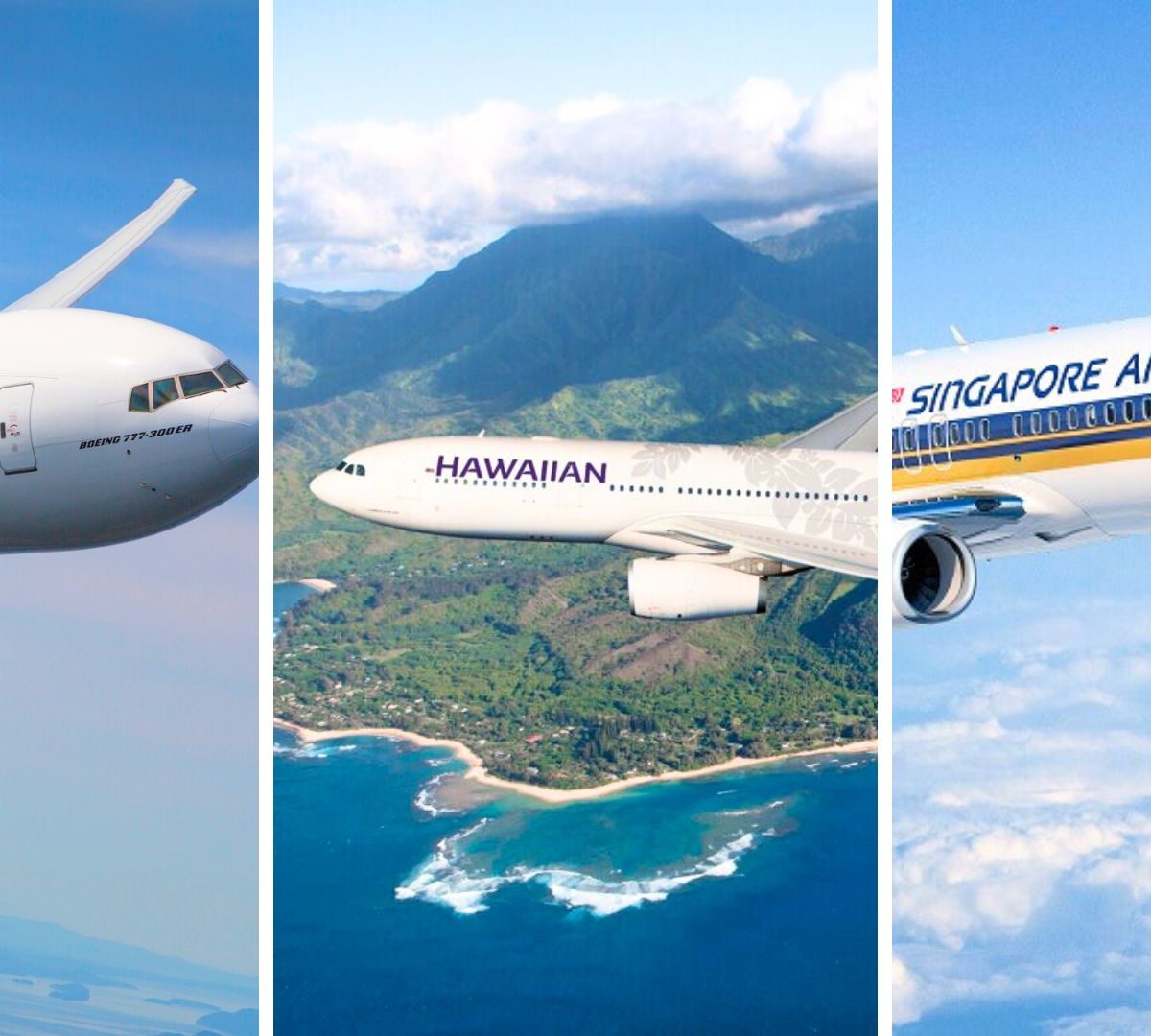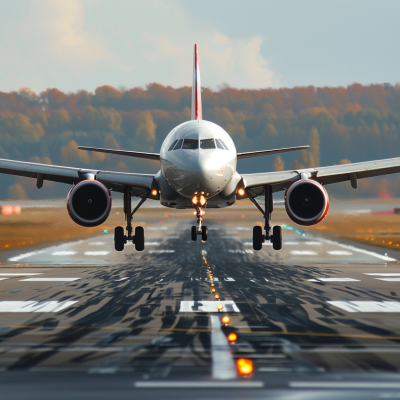In this blog, we’ll examine the airlines with the best safety records and analyze crash data to determine which carriers you can trust.
Using accident statistics from reliable sources like AirlineRatings.com, we’ve found the top airlines that consistently keep passengers secure.
From household names like Qantas and Singapore Airlines to lesser-known carriers like EVA Air and Finnair, these airlines have repeatedly proven their commitment to safety.
So, whether you’re a frequent flyer or an occasional traveler, you can feel confident booking with any airline on our list.
Let’s look at the data behind the world’s safest airlines.
Detailed Comparison of Crash Records for Each Airline
1. Qantas
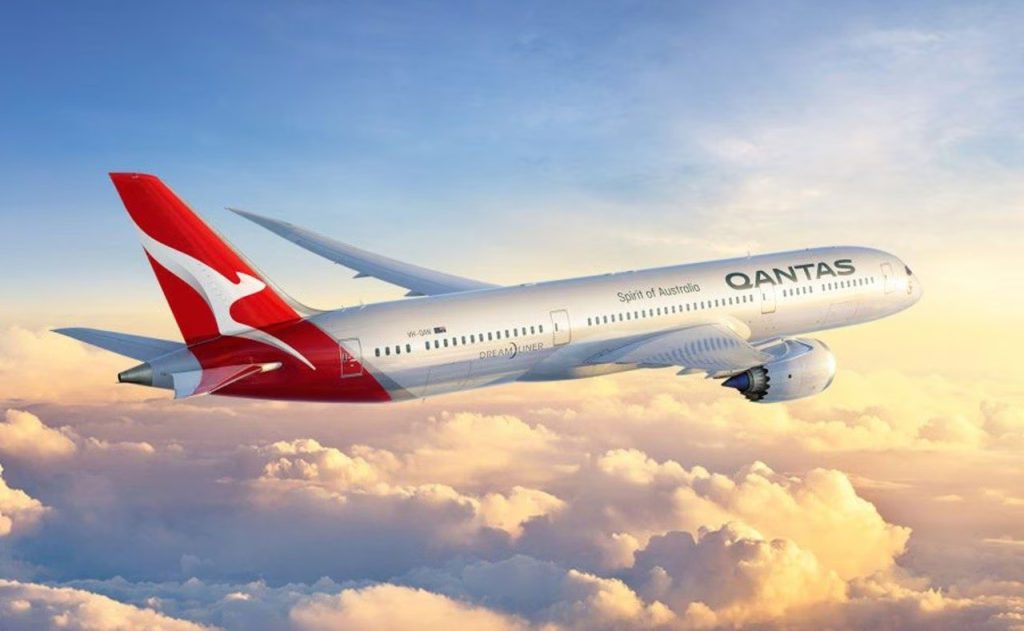
Qantas, Australia’s flag carrier, has maintained an impressive safety record since the introduction of jet airliners in the 1950s.
Before the jet age, the airline experienced its last fatal accident in 1951.
Since then, Qantas has only had a handful of incidents, none resulting in passenger fatalities.
In 1960, a Qantas aircraft overran the runway during landing, causing injuries to a few passengers but no deaths.
The airline’s commitment to safety and rigorous maintenance standards have contributed to its remarkable record.
With a modern fleet and strict adherence to safety protocols, Qantas continues to be one of the world’s safest airlines.
2. Hawaiian Airlines
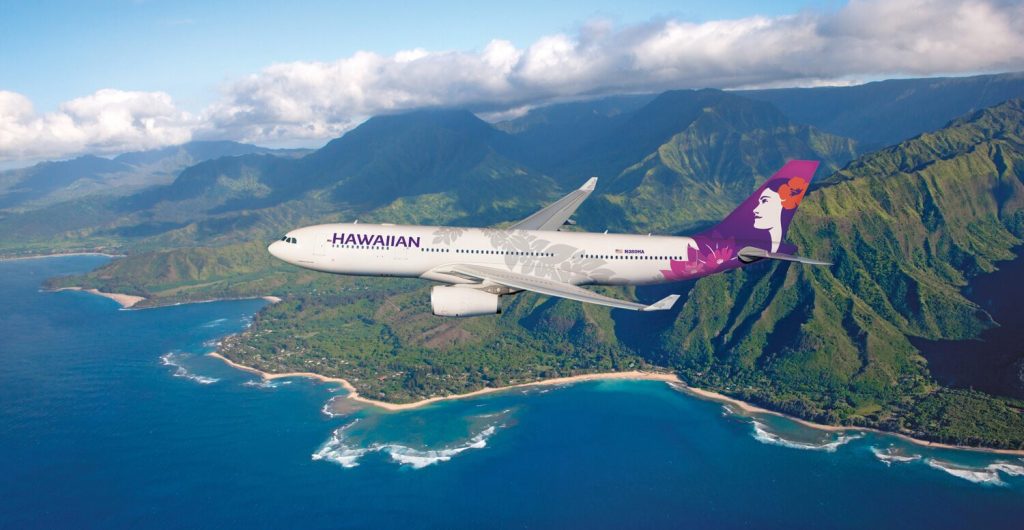
Hawaiian Airlines, the largest carrier in Hawaii, boasts an impressive safety record with no fatal incidents or hull losses since its establishment in 1929.
The airline has only experienced minor incidents, such as bird strikes and runway overshoots, none of which resulted in serious injuries or fatalities.
Hawaiian Airlines operates a relatively young fleet, with an average aircraft age of 8.6 years as of 2021.
The company’s commitment to regular maintenance and timely replacement of older aircraft contributes to its strong safety performance.
As the airline continues to modernize its fleet with new Boeing 787-9 aircraft, it is well-positioned to maintain its status as one of the safest carriers in the world.
3. Emirates
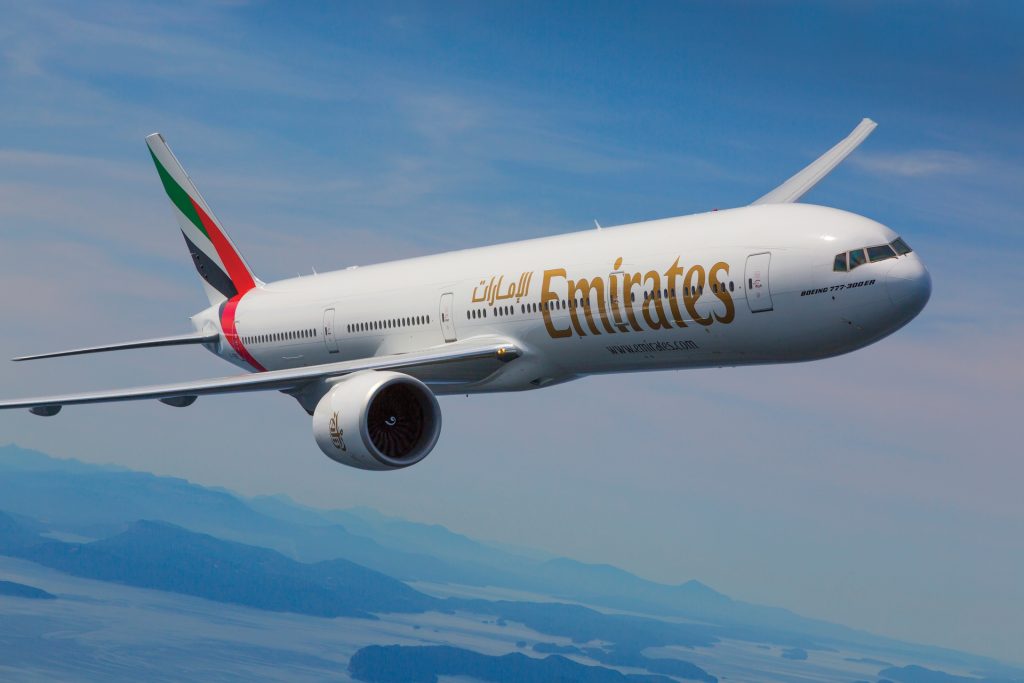
Emirates, the largest airline in the United Arab Emirates, has maintained a strong safety record since its founding in 1985.
However, in 2016, the airline experienced its first hull loss when a flight from India crash-landed at Dubai International Airport.
The aircraft caught fire, but all 300 passengers and crew were safely evacuated, with only one firefighter losing his life.
Despite this incident, Emirates has a relatively low accident rate, considering its large fleet of over 250 aircraft and extensive global network, which includes over 3,600 weekly flights to more than 150 destinations.
4. Virgin Group (Atlantic and Australia)
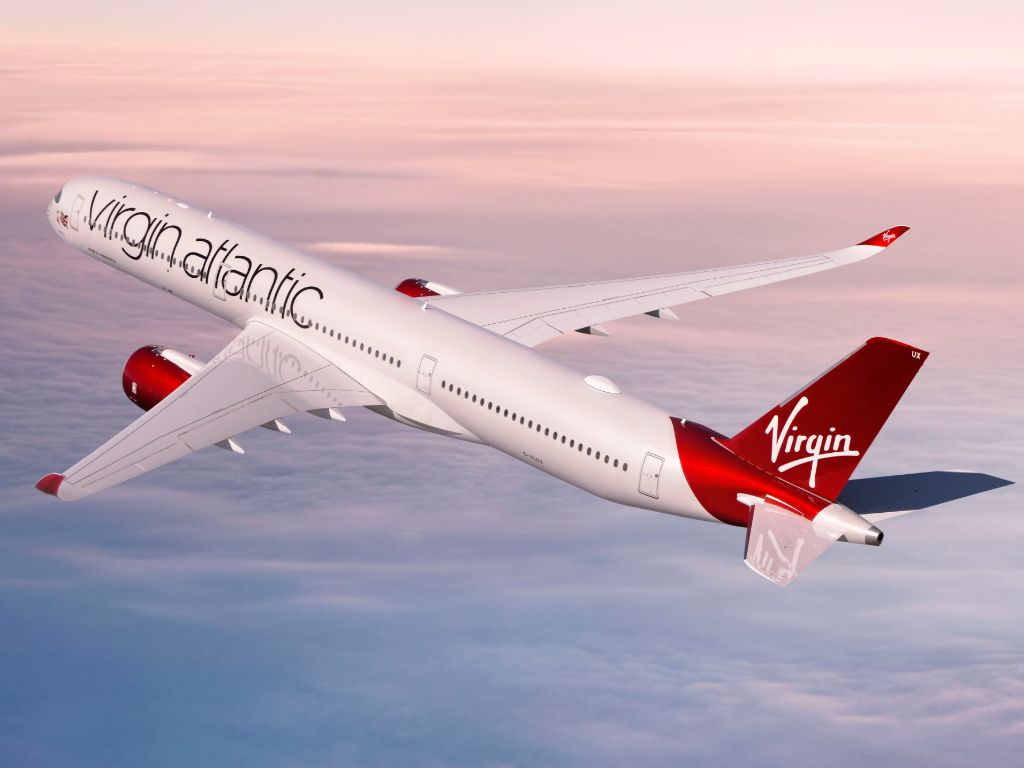
Virgin Atlantic and Virgin Australia have maintained excellent safety records since their inception. Virgin Atlantic, founded in 1984, has never experienced a fatal crash.
However, it has had a few minor incidents, such as a 1997 emergency landing due to landing gear issues and a 2005 fuel system failure that required a diversion.
Similarly, Virgin Australia, established in 2000, has not had any fatal accidents.
The Virgin Group’s focus on safety, including regular crew training and strict maintenance protocols, has been instrumental in upholding its strong safety records.
5. Qatar Airways
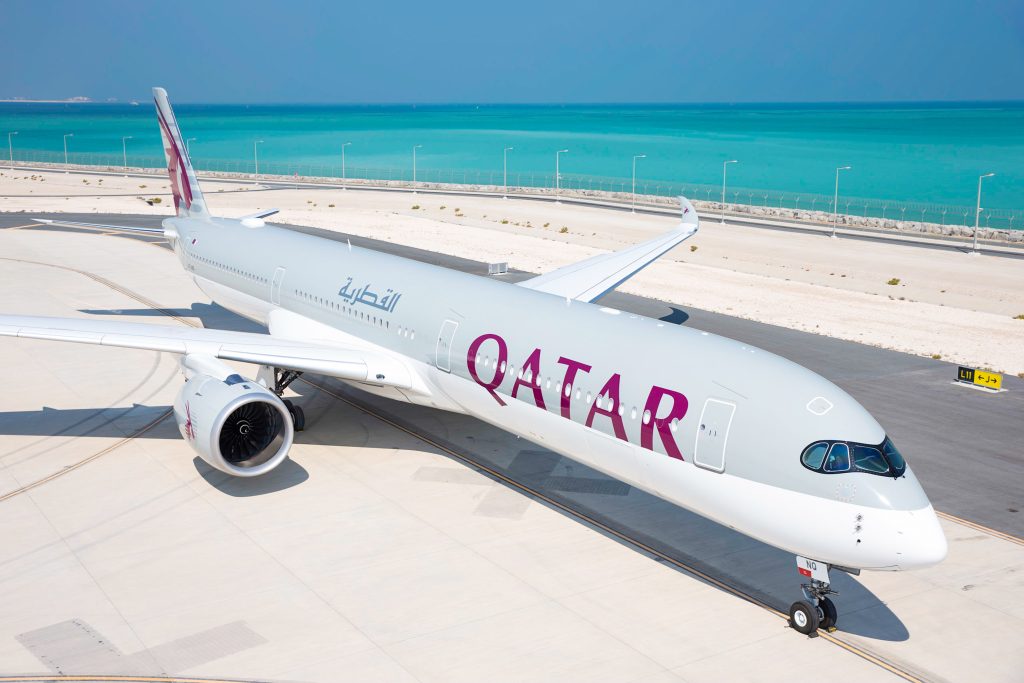
Qatar Airways, founded in 1994, has an impressive safety record, with no fatal accidents since its establishment.
The airline has only experienced two hull loss incidents during maintenance and did not involve any passengers or fatalities.
Qatar Airways operates a modern fleet of over 200 aircraft, with an average age of 5.9 years, contributing to its excellent safety performance.
The airline’s membership in the Oneworld alliance since 2013 has further reinforced its commitment to safety, as the coalition requires its members to adhere to strict safety standards and best practices.
6. Etihad Airways
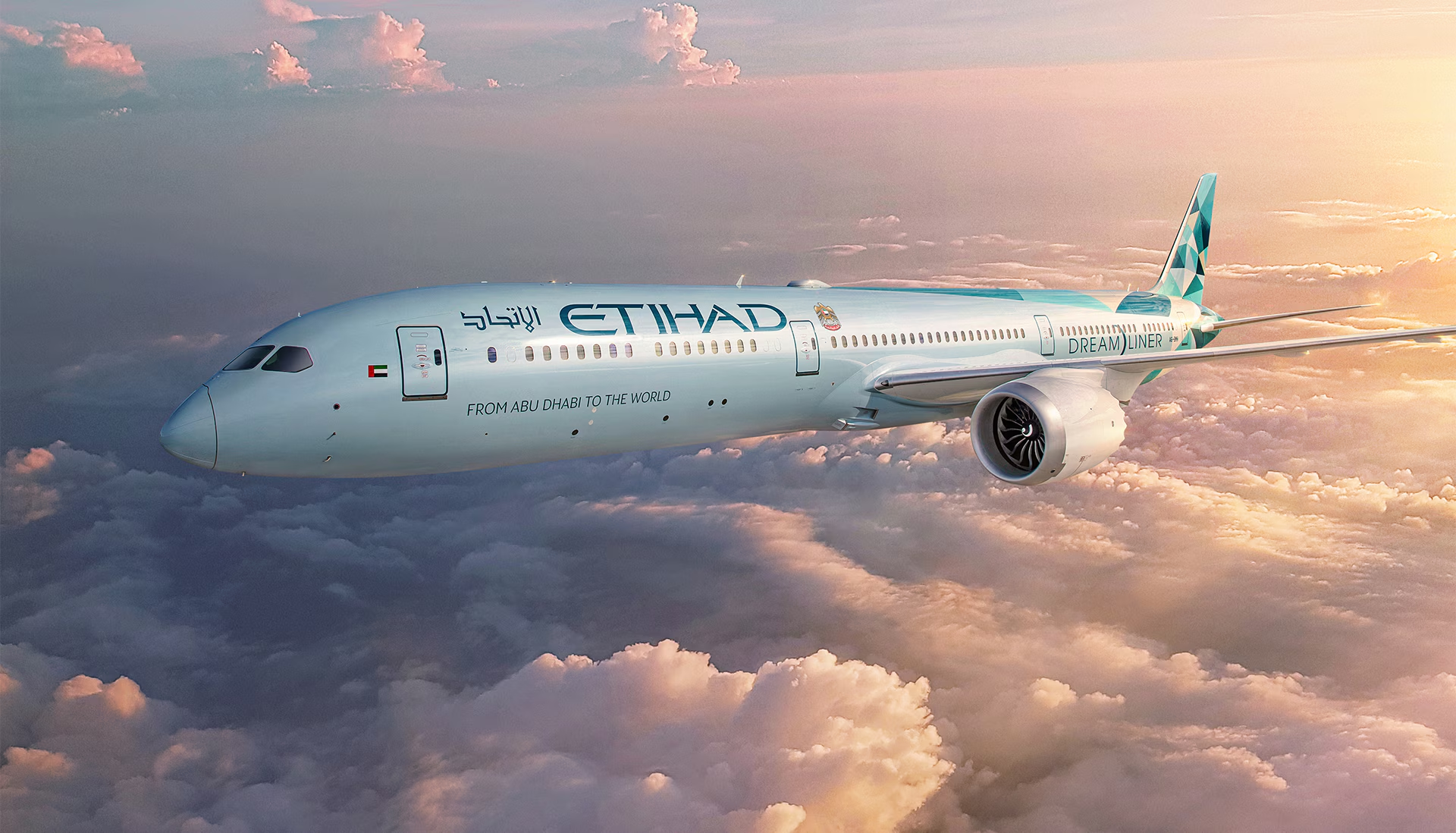
Established in 2003, Etihad Airways has maintained an impeccable safety record since its inception.
The airline has never experienced a fatal accident or hull loss, a testament to its commitment to safety.
Etihad’s strategic partnerships with other airlines, such as its equity partnership with Air Berlin, have allowed for sharing of best practices and safety protocols.
The airline also maintains a young and modern fleet, with an average aircraft age of around 5.5 years, contributing to its excellent safety performance.
Etihad’s rigorous maintenance standards and regular safety audits further underscore its dedication to ensuring passenger well-being.
7. Hainan Airlines
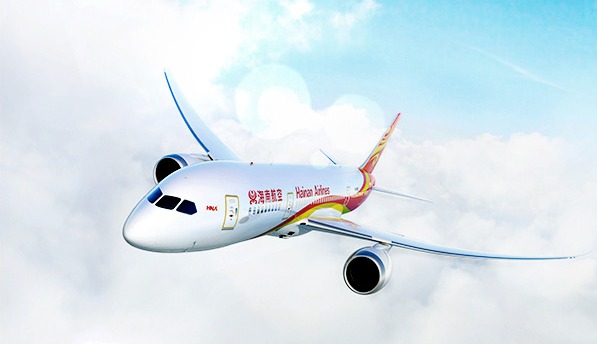
China’s Hainan Airlines has an impressive safety record, with no fatal accidents or hull losses since its founding in 1993.
The airline has experienced only a few minor incidents, such as a foiled hijacking attempt in 2003 and a runway excursion in 2005, none of which resulted in serious injuries or fatalities.
Hainan Airlines operates a growing fleet of over 200 aircraft, with an average age of just five years, and has placed orders for additional Boeing and Comac planes to support its expansion.
Despite its rapid growth, the airline has maintained its strong commitment to safety through strict maintenance schedules and regular crew training.
8. EVA Air
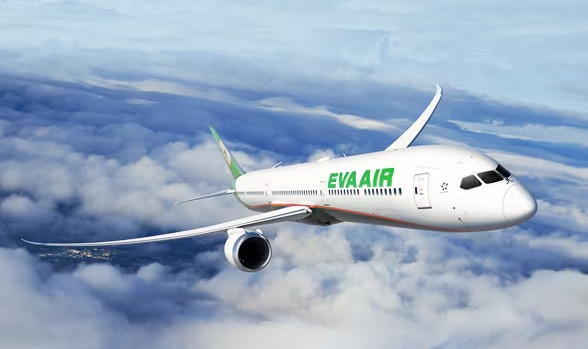
Taiwan’s EVA Air has received recognition for its safety record, consistently earning high ratings from organizations like Skytrax.
The airline has not experienced fatal accidents or hull losses since its establishment in 1991.
EVA Air has had a few minor incidents, such as a runway excursion and a ground collision during taxiing, but none have resulted in serious consequences.
The airline operates a fleet of 77 aircraft, with an average age of around eight years, and has implemented rigorous safety protocols for its long-haul flights.
EVA Air’s membership in the Star Alliance since 2013 has further reinforced its commitment to maintaining the highest safety standards.
9. Ryanair
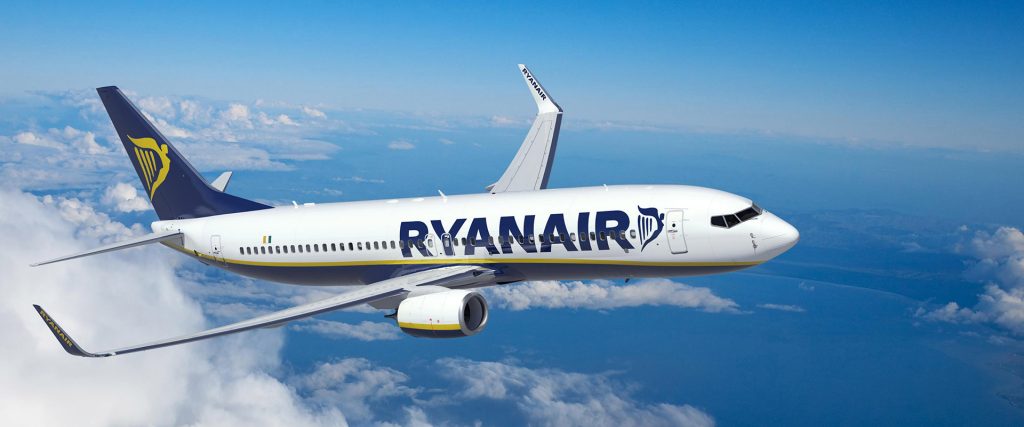
Ryanair, Europe’s largest low-cost carrier, has an excellent safety record, with no fatal crashes since its establishment in 1984.
The airline has been involved in a few non-fatal incidents, such as a bird strike in 2008 that caused an emergency landing and minor injuries to passengers and crew members.
Despite its rapid growth and cost-cutting measures, Ryanair has maintained a strong focus on safety, undergoing regular safety audits and investing in crew training.
While the airline has faced criticism for not being IOSA-certified, its internal safety management system and adherence to European safety regulations have helped maintain its strong safety performance.
10. Singapore Airlines
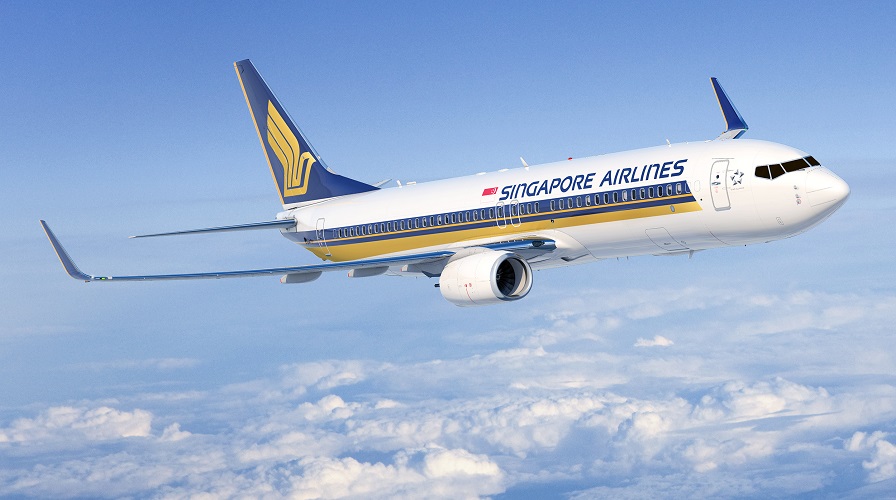
Singapore Airlines has long been recognized as one of the world’s safest airlines, with no fatal accidents since its founding in 1972.
The airline has experienced minor incidents, such as a tail strike during landing and an engine oil leak.
Still, crew members have consistently demonstrated their ability to respond effectively to ensure passenger safety.
Singapore Airlines operates a modern fleet of over 130 aircraft, with an average age of around seven years, and invests heavily in safety features and technology.
The airline’s rigorous safety training programs and adherence to best practices have been key factors in its excellent safety record.
11. All Nippon Airways
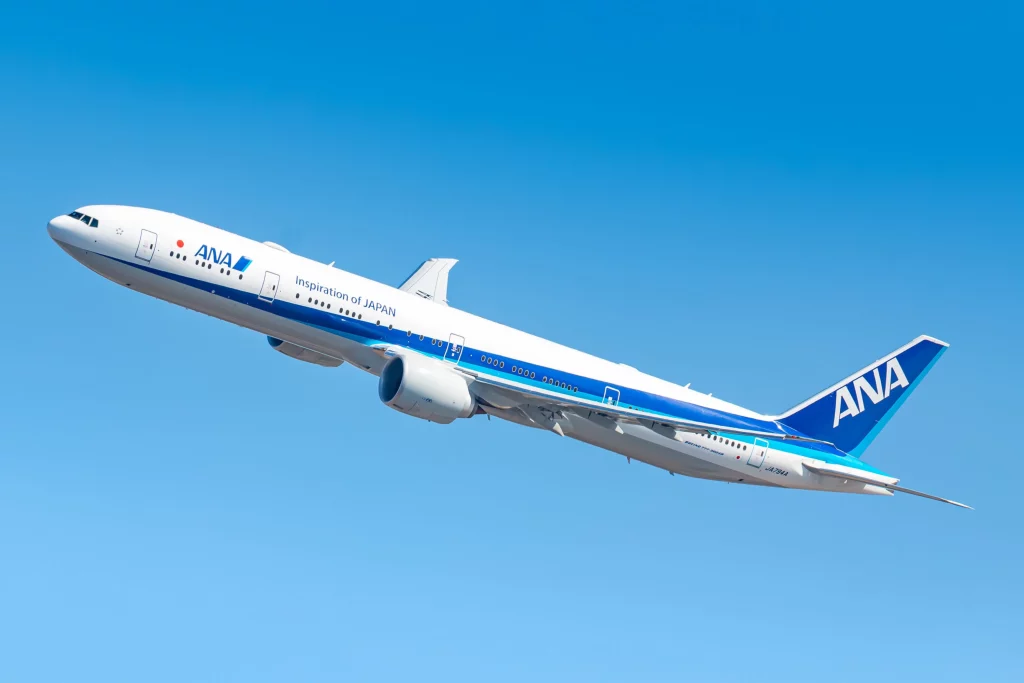
All Nippon Airways (ANA), Japan’s largest airline, has maintained an excellent safety record throughout its history.
The airline has experienced minor incidents, such as a runway overrun in 2004 and a landing gear malfunction in 2018, but none have resulted in fatalities or serious injuries.
ANA has been at the forefront of implementing safety innovations, such as using advanced weather radar systems and predictive maintenance technologies.
The airline also adheres to strict fleet safety standards and has well-established incident management protocols, ensuring that potential safety issues are promptly addressed and resolved.
12. Cathay Pacific Airways
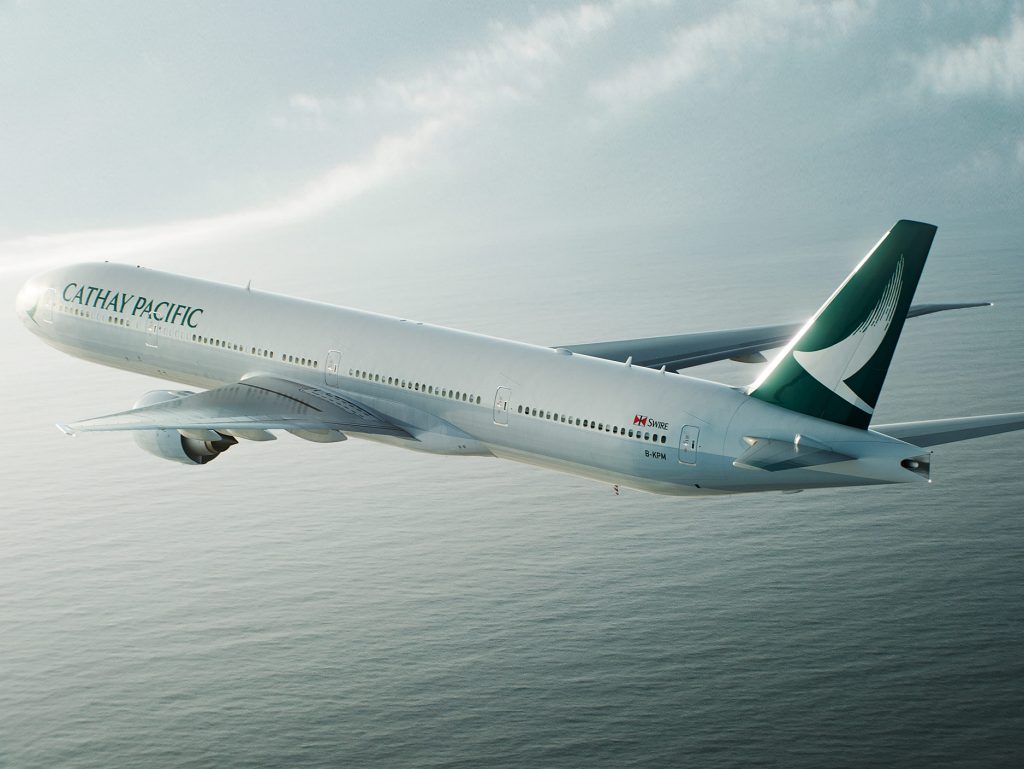
Hong Kong’s Cathay Pacific Airways has a strong safety record, with no fatal accidents since its establishment in 1946.
The airline has experienced a few notable incidents, such as a near-collision with another aircraft in 2011 and an engine failure during takeoff in 2017, but in both cases, the well-trained crew responded effectively to ensure passenger safety.
Cathay Pacific invests heavily in crew training and regularly undergoes safety audits to identify areas for improvement.
The airline’s proactive approach to safety management has been a key factor in maintaining its excellent safety record.
13. Finnair
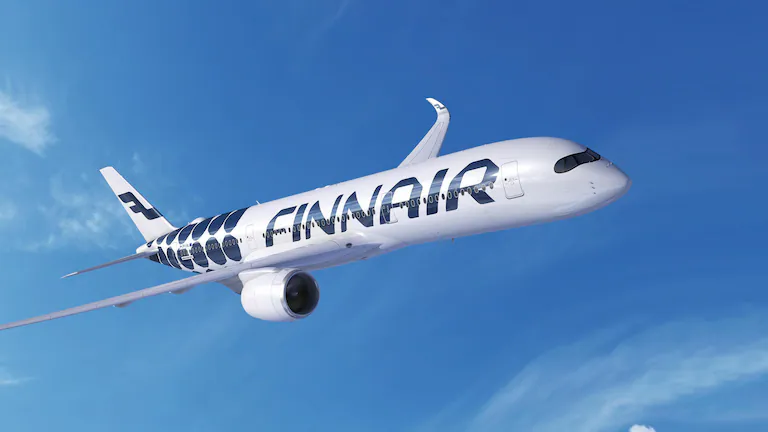
Finland’s national carrier, Finnair, has an impressive safety record, with no fatal accidents in its nearly 100-year history.
The airline has experienced a few non-fatal incidents, such as a runway excursion in 2006 and a ground collision with another aircraft in 2017.
Still, these have been relatively minor and have not resulted in serious injuries.
Finnair operates a modern fleet with an average aircraft age of around ten years and continuously invests in safety feature enhancements and technology upgrades.
The airline’s commitment to safety is further evidenced by its regular participation in safety audits and its adherence to strict European safety regulations.
14. Lufthansa Group
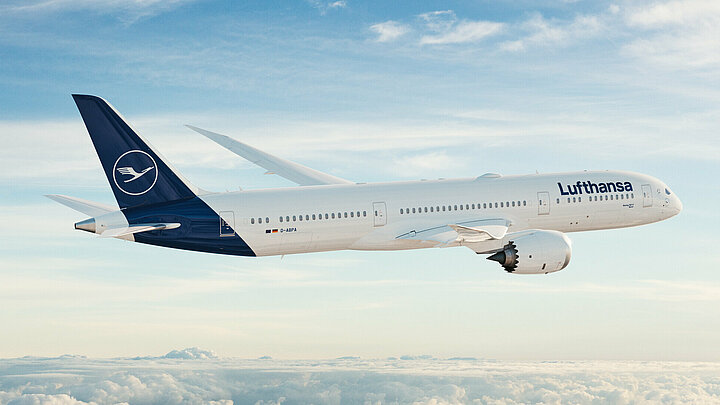
The Lufthansa Group, which includes Lufthansa, Austrian Airlines, Swiss International Air Lines, and Brussels Airlines, has a strong safety record across its member airlines.
While Lufthansa has experienced a few accidents, including a fatal crash in 1974 and a runway overrun in 1993, the airline has significantly improved its safety practices and technologies in recent decades.
The group’s airlines operate modern fleets and have implemented advanced safety measures, such as predictive maintenance systems and real-time flight monitoring.
Lufthansa’s investment in safety innovations and its adherence to strict safety protocols have significantly reduced incident rates across the group.
15. KLM
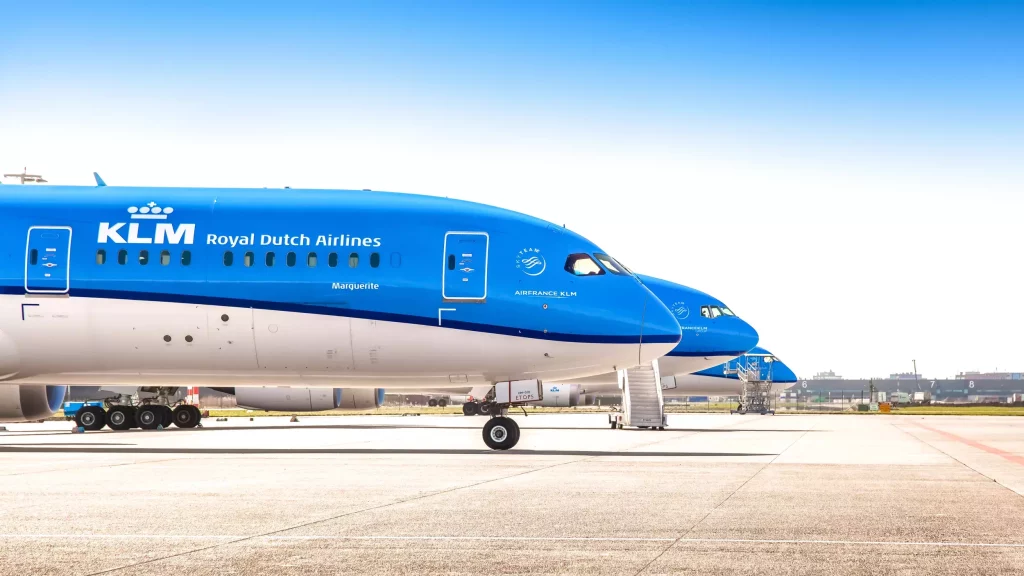
KLM, the Netherlands’ flag carrier, has a long history of prioritizing safety. It has had a relatively low number of incidents, considering its nearly 100 years of operation.
The airline has experienced a few notable accidents, such as the 1977 Tenerife airport disaster, which remains the deadliest accident in aviation history.
However, KLM has learned from these incidents and has implemented various safety measures, including advanced pilot training programs, risk management systems, and safety reporting procedures.
The airline’s proactive approach to safety has effectively reduced incident rates and ensured that potential safety issues are identified and addressed promptly.
16. American Airlines
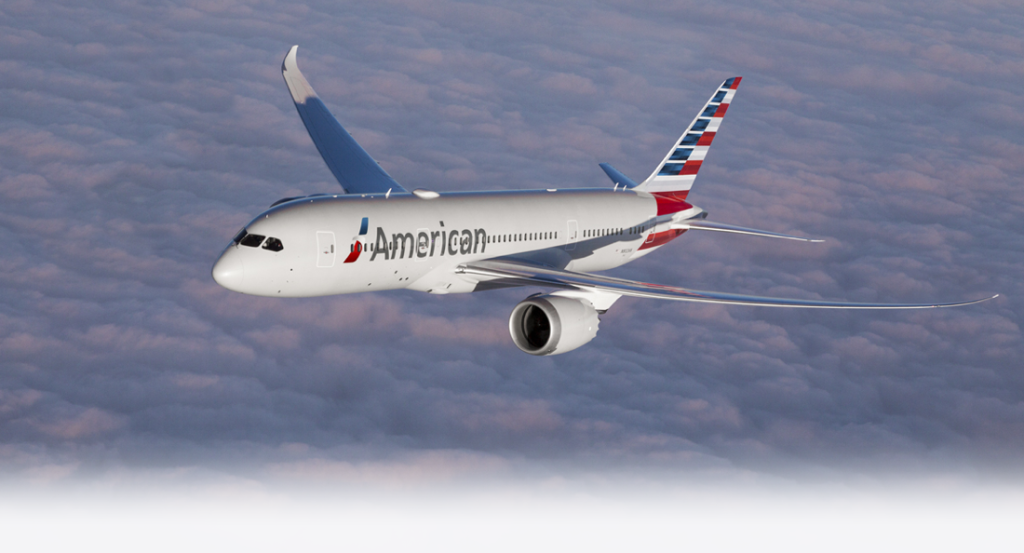
American Airlines, one of the largest carriers in the United States, has experienced several incidents throughout its history.
Some of the most notable accidents include Flight 587 in 2001, which resulted in 265 fatalities, and Flight 331 in 2009, which overran the runway during landing but caused no fatalities.
Despite these incidents, American Airlines has significantly improved its safety record, implementing strict fleet safety protocols and maintenance practices.
The airline operates a large fleet of over 900 aircraft and invests heavily in crew training and safety management systems to identify and mitigate potential risks.
17. United Airlines
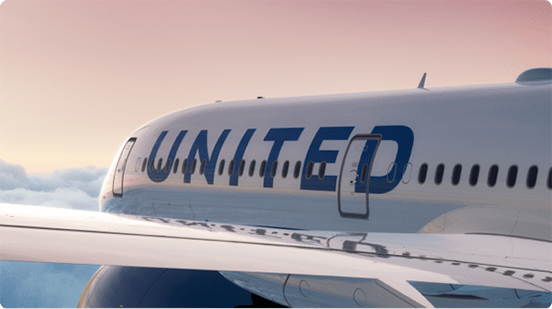
United Airlines, another major U.S. carrier, has a history of high-profile accidents.
Some of the most tragic incidents include Flight 232 in 1989, which suffered a catastrophic engine failure but managed to land with minimal loss of life, and Flight 175, which was hijacked and crashed into the World Trade Center on September 11, 2001.
In recent years, United has focused on enhancing its safety practices, including implementing advanced safety training programs and adopting new technologies to monitor and improve flight safety.
These efforts have contributed to a reduction in the airline’s incident rates and have helped to maintain its position as one of the world’s safest carriers.
18. Air New Zealand
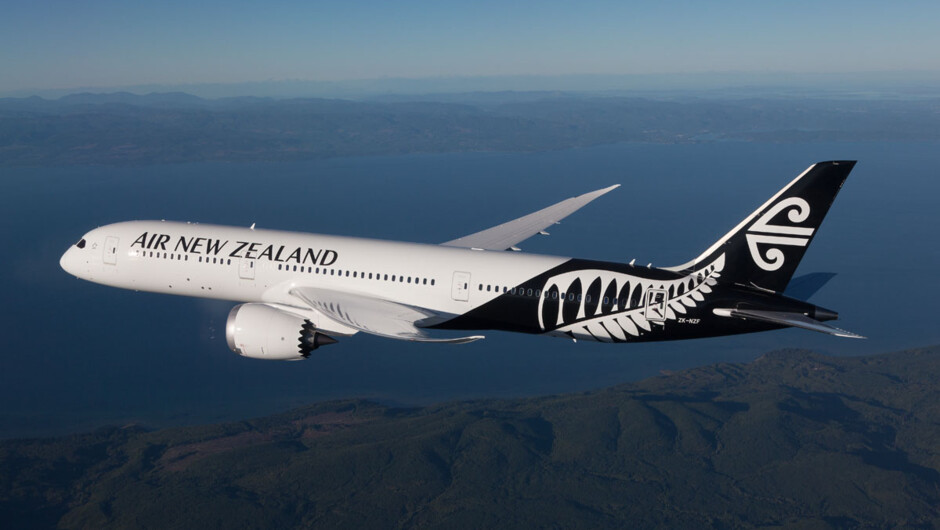
Air New Zealand has earned a reputation as one of the world’s safest airlines, with no fatal accidents.
The airline has a strong safety record despite the challenges posed by its extensive long-haul network and the often-challenging weather conditions in New Zealand.
Air New Zealand has proactively implemented safety measures, such as advanced pilot training programs and state-of-the-art navigation and weather monitoring systems.
The airline also strongly emphasizes crew resource management and has a robust safety reporting culture, which encourages employees to identify and report potential safety issues.
As Air New Zealand continues to expand its operations, it remains committed to investing in new safety technologies and practices to maintain its excellent safety record.
The Role of Technology in Enhancing Aviation Safety
(an image showing how tech helps enhance aviation safety)
Modern aviation technology has played a crucial role in improving safety standards across the industry. Some of the most significant technological developments include:
- Advanced avionics and navigation systems
- Enhanced ground proximity warning systems (EGPWS)
- Improved weather radar and monitoring technology
- Predictive maintenance systems and real-time data analysis
These technologies help pilots, air traffic controllers, and maintenance crews to identify and mitigate potential risks, ensuring safer flights for passengers.
Rigorous Training and Safety Protocols: The Foundation of Safe Operations
The world’s safest airlines invest heavily in comprehensive training programs and stringent safety protocols to maintain excellent safety records. Key aspects of these programs include:
- Crew resource management (CRM) training
- Regular emergency response drills and simulations
- Strict adherence to standard operating procedures (SOPs)
- Proactive safety reporting and risk management systems
These airlines have established a solid foundation for safe operations by fostering a strong safety culture and empowering employees to prioritize safety.
The Influence of Global Safety Audits and Ratings
International organizations, such as the International Air Transport Association (IATA) and Skytrax, conduct regular safety audits and assessments to evaluate airlines’ safety standards.
These audits are vital in promoting safety excellence and transparency across the industry.
- IATA Operational Safety Audit (IOSA)
- IATA Safety Audit for Ground Operations (ISAGO)
- Skytrax airline safety ratings
Airlines that consistently perform well in these audits and earn high safety ratings demonstrate their commitment to maintaining the highest safety standards, instilling confidence in passengers and industry stakeholders.
Combining cutting-edge technology, comprehensive training, and a dedication to meeting and exceeding global safety standards, the world’s safest airlines have set a benchmark for the entire aviation industry.
As air travel continues to grow, these airlines will undoubtedly shape the future of aviation safety.
Conclusion
This comprehensive analysis of crash records shows that airlines like Qantas, Emirates, and Singapore Airlines consistently prioritize passenger safety.
These carriers have set the benchmark for the industry by investing in advanced technology, rigorous training, and adherence to global safety standards.
For passengers, choosing an airline with a proven safety record offers peace of mind and the assurance that their well-being is a top priority.
As technology advances and safety protocols evolve, these airlines can expect to maintain their commitment to safety excellence.
When booking your next flight, consider the safety records and innovations of the airlines discussed here.
By selecting a carrier with a strong safety culture, you can confidently enjoy your journey, knowing that you’re in capable hands.


